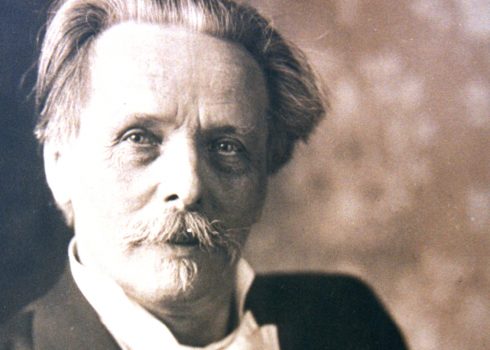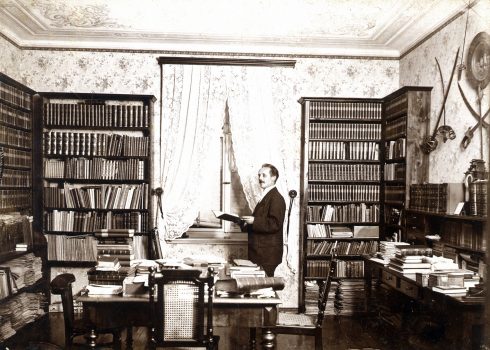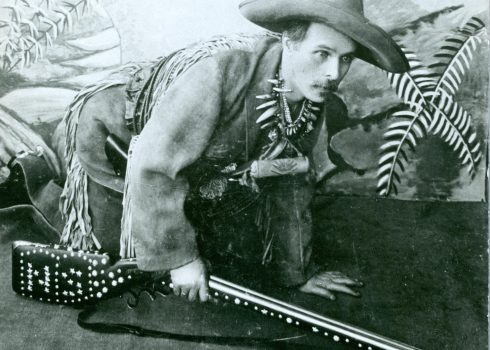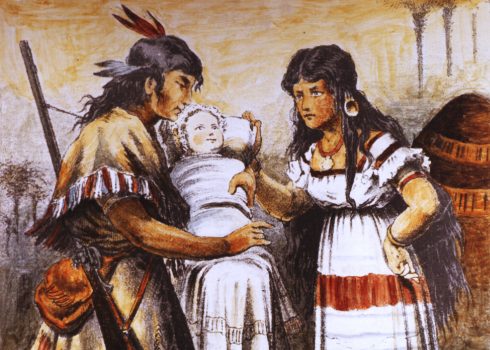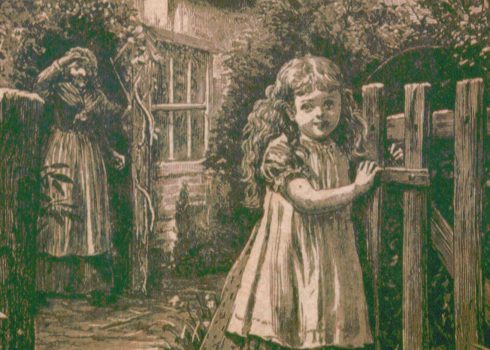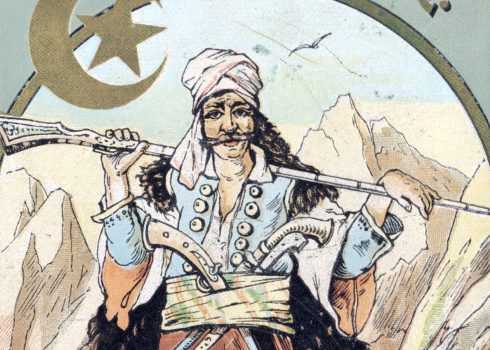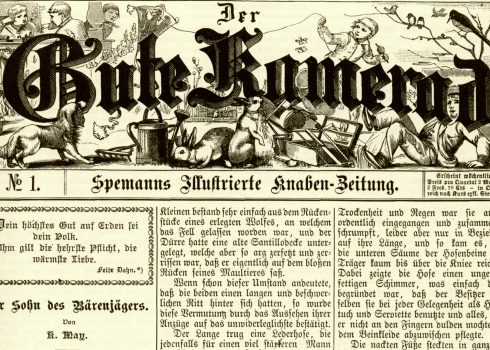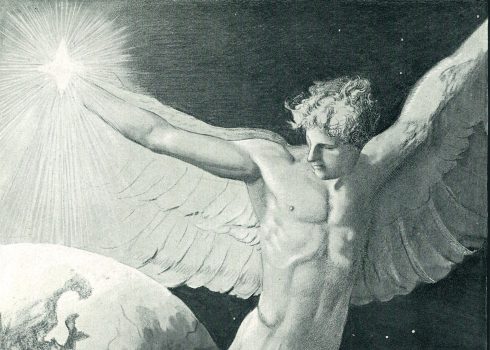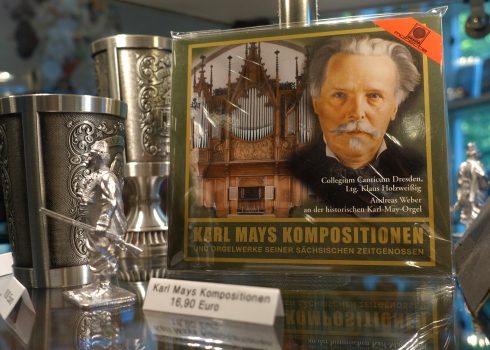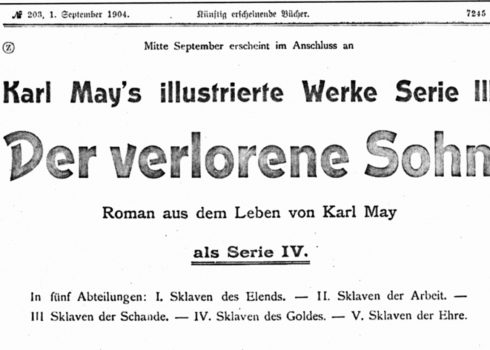“It would appear that [Karl May] does not write to make is little earthly name famous or to immortalise himself, but to spread ideas he picks up from the contemporary intellectual trends.”
Karl May in Und Friede auf Erden, (And Peace on Earth) 1904
For generations, Karl May (1842 – 1912), creator of immortal adventure heroes like Winnetou, Old Shatterhand, Hadschi Halef Omar and Kara Ben Nemsi, has been the most popular and most-read German author. Worldwide, roughly 200 million copies of his adventure stories have been sold. His works have been translated into almost 50 languages.
May came to fame in particular through his “Travel Tales”, which were published in book form from 1892 on. In them, May describes his heroes’ adventures around the world, especially in the “Wild West” of North America and the Orient, as a first-person narrator. Karl May’s advocacy for humanism, tolerance and love of peace – in particular in his late works – is more relevant than ever today.

